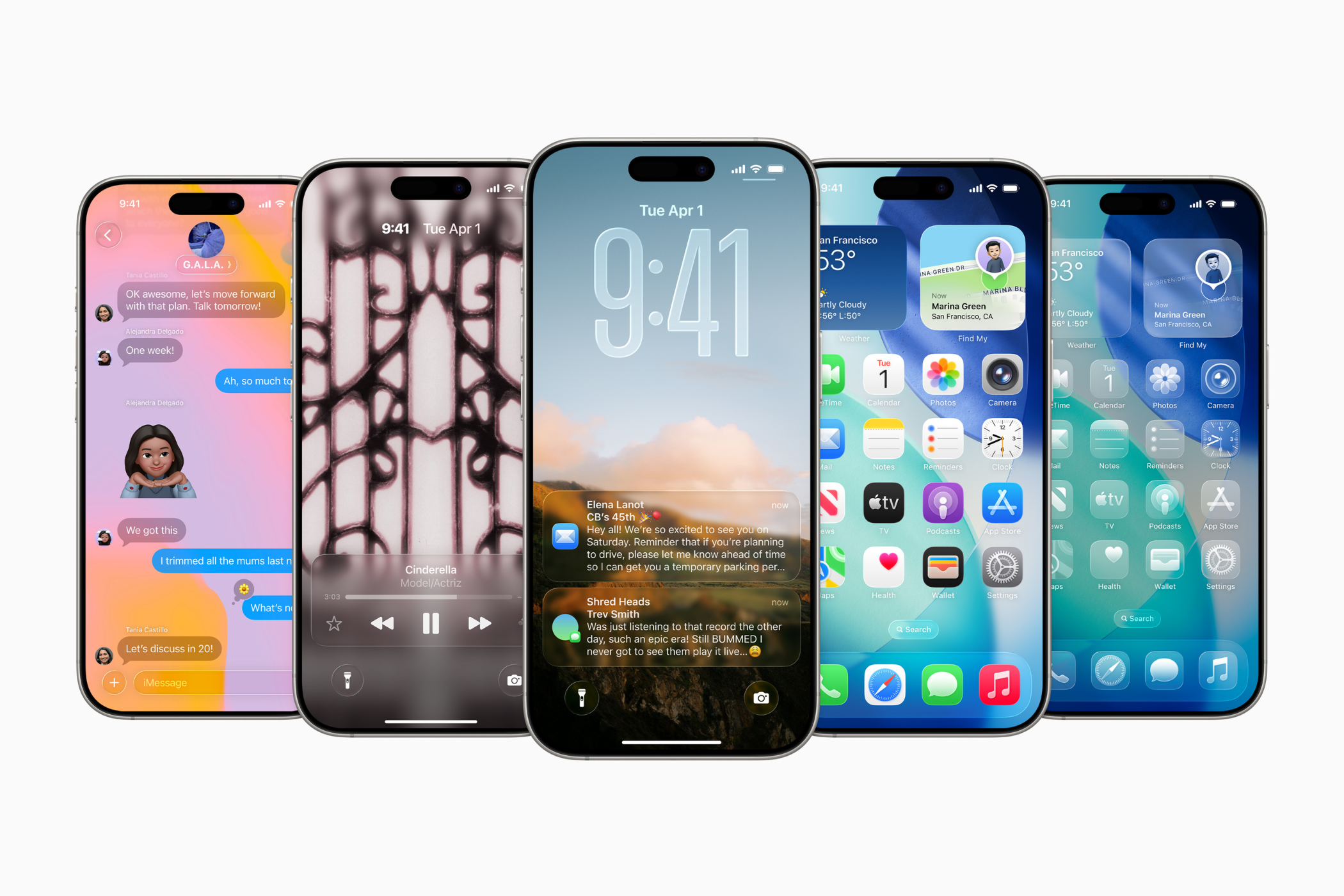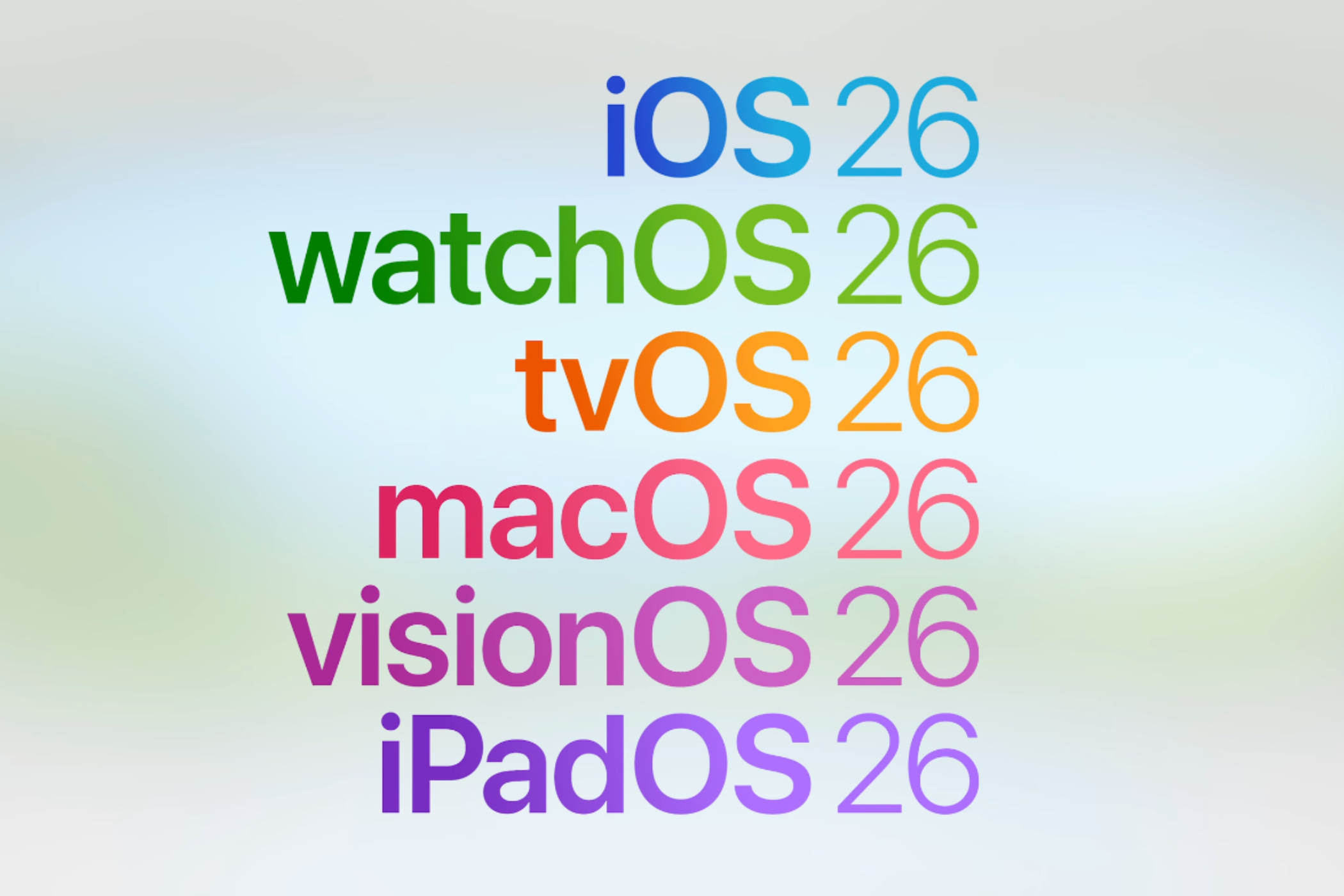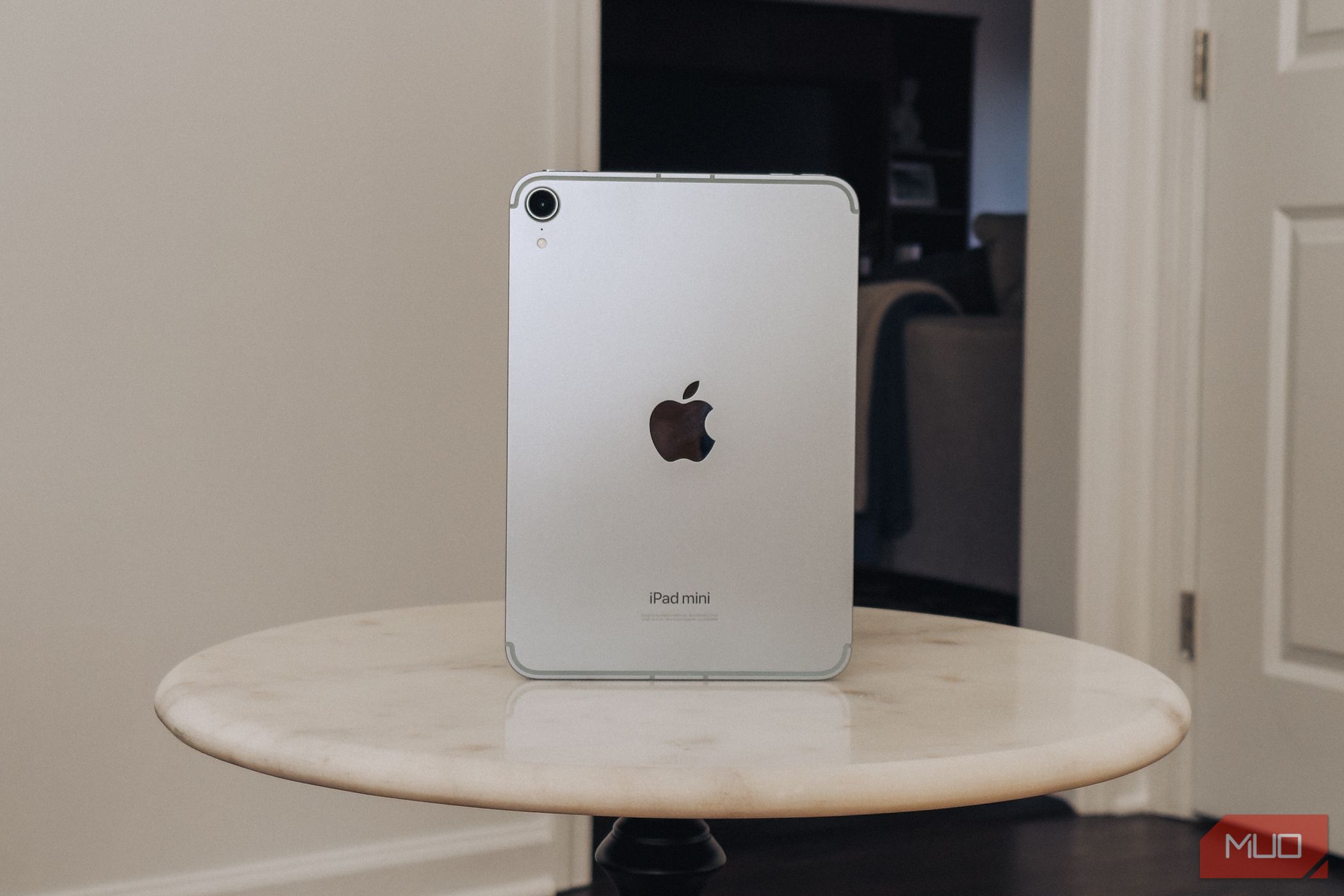Apple overhauled the naming system for all its operating systems to use a year-based unified version number. As someone who dreads deciphering model numbers, I say Apple should do the same for its devices, too.
Apple’s Year-Based OS Naming Is Perfect
During its WWDC 2025 keynote held on June 9, Apple switched from its old naming system to a unified version number for all its operating systems, including iOS, watchOS, tvOS, macOS, visionOS, and iPadOS.
With this change, all the new versions of Apple’s operating systems use the last two digits of the follow-up year after the official launch. Instead of relying on incremental version numbers or arbitrary names, this approach gives users immediate context on when the OS was released.

Related
7 iOS 26 Features You’ll Actually Want to Use
The very best of iOS 26.
For example, major software versions launched at the WWDC 2025 event use version number 26, such as iOS 26 and watchOS 26. The new major update in 2026 will use version number 27, and subsequent updates will follow the same pattern. This unification of OS versioning numbers is a refreshing change that brings much-needed clarity to Apple’s software lineup.
Compare this to what we had previously, and the difference is night and day. For instance, in 2024, Apple unveiled various major updates to its operating systems, including iOS 18, iPadOS 18, macOS 15, watchOS 11, tvOS 18, and VisionOS 1.0. That inconsistency made it a mess.

The new system makes it easy to tell what’s new and what’s outdated. You don’t even have to closely follow the tech news to know when iOS 26 was launched (much like a car’s model year).
Apple’s Hardware Naming Has Grown Confusing
Apple’s hardware product naming is a mess, and it has recently become even more confusing in some product lineups. The iPad lineup is a perfect example of this confusion. While it’s easy to distinguish between main product lineups such as iPad, iPad mini, iPad Air, and iPad Pro, the issue lies in the actual product names.
The latest iPad models across each lineup, as of this writing, are the iPad (11th-gen), iPad mini (7th-gen), iPad Air (7th-gen), and iPad Pro (7th-gen). Some were released in 2024, while others were released in 2025.
And to make it worse, Apple commonly only mentions the major lineup, such as the iPad mini or Pro, without specifying the generation or officially attaching the chip to the name. If you’re in the market for a new iPad, you may not know which one is the latest because the naming system is inconsistent. The issue is, you wouldn’t know unless you looked it up or are an avid follower of Apple’s product releases.

Related
What Is Apple’s WWDC Event and Why Does It Matter?
Every year, Apple hosts a special event in June called WWDC. Here’s everything you need to know about it.
For MacBooks, Apple only includes the display size in the name and doesn’t mention when the device was launched. For example, the name “14-inch MacBook Pro” doesn’t reveal any details about the device, except for the display size. The naming scheme for the company’s smartwatch series is similarly vague; “Apple Watch Series 10” lets you know it’s the 10th model, but not how new it is.
Year-Based Hardware Names Would Make Life Easier
Apple switching to a year-based naming system for hardware would solve these issues, just its new OS versioning system has. Currently, keeping track of Apple’s product lineup requires digging into technical specifications or checking release dates.
Imagine how simple we would have it if Apple used names like “2025 MacBook Air”, “2025 MacBook Pro”, “iPad Pro 26”, “Apple Watch Ultra 27”, and “iPhone 26 Pro”. Straight off the bat, you can tell when the model was released. It becomes easy to distinguish between older models and the latest generation without needing to decipher cryptic chip names or search for the release year online. Non-tech-savvy users will feel even more confident when navigating upgrades or selecting the right product.

Additionally, it would bring consistency across Apple’s hardware ecosystem. This isn’t a radical idea, and Apple wouldn’t be the first one to do so. A recent example is Apple’s competitor Samsung, which adopted a year-based naming scheme for its flagship Galaxy S series in 2020. At that time, Samsung moved the version number for its flagship series from S10 to S20.
That has made it easy to tell the latest offering from Samsung’s Galaxy S series, and Apple’s hardware products would benefit from such simplicity. By doing so, it’ll be much simpler to choose what to buy when the signs it’s time to upgrade your iPad appear.
Apple’s new year-based OS naming system is a step in the right direction. It not only simplifies software versions, but also makes identifying the current release effortless. However, that’s only for Apple’s OSes; the hardware lineup could also benefit from such streamlining. If Apple applied the same straightforward naming approach to its devices, it would make shopping far easier.






